Smoky shrimp lo mein is best when the shrimp are tender and springy and the veggies have a crisp bite. So I focus on getting those things right, first and foremost! The umami, garlicky sauce is just 5 ingredients – but has the trademark flavor I love from my favorite Chinese restaurants.
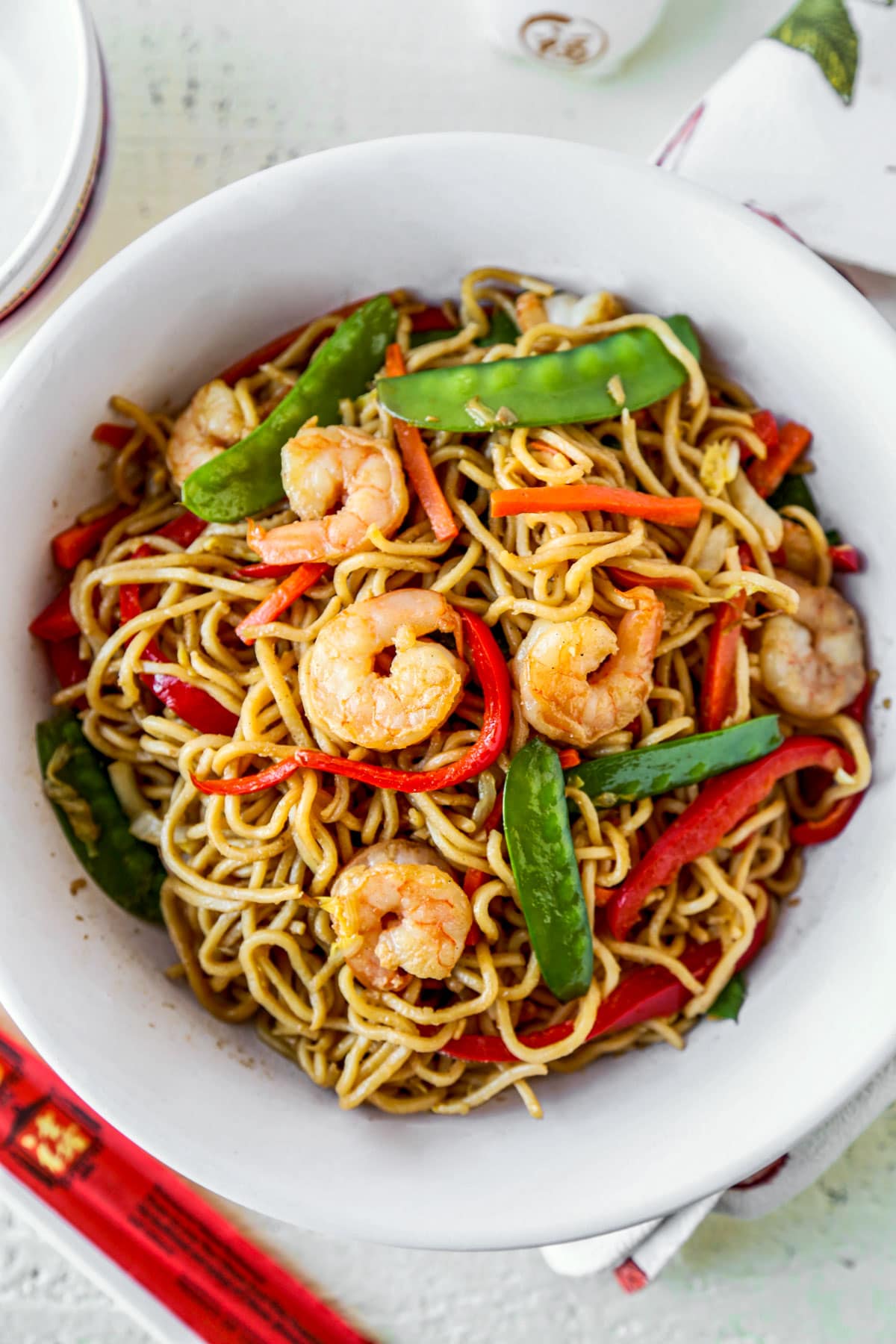
When it comes to making iconic Chinese noodle recipes that seem deceptively simple, I feel like it’s my duty to get the basics right. That means my shrimp lo mein should have springy noodles, bouncy and squeaky shrimp and veggies that are tender crisp. And the noodles should be permeated with not only the savory, earthy and umami notes from the sauce – but with a little wok hei (or ‘smoky wok breath’). When I get those basics right, it becomes something greater than the sum of its parts. And it took me a little trial and error to get this one right.
But just like with Chinese classics like mapo tofu or an American-Chinese favorite like shrimp chow mein, once it’s right… it’s right. And I’m proud to share this recipe. In fact, the other night I suggested ordering takeout – and Ben grabbed my phone out of my hands and headed into the kitchen to make this lo mein recipe on his own instead. I take that as high praise indeed.
Table of Contents
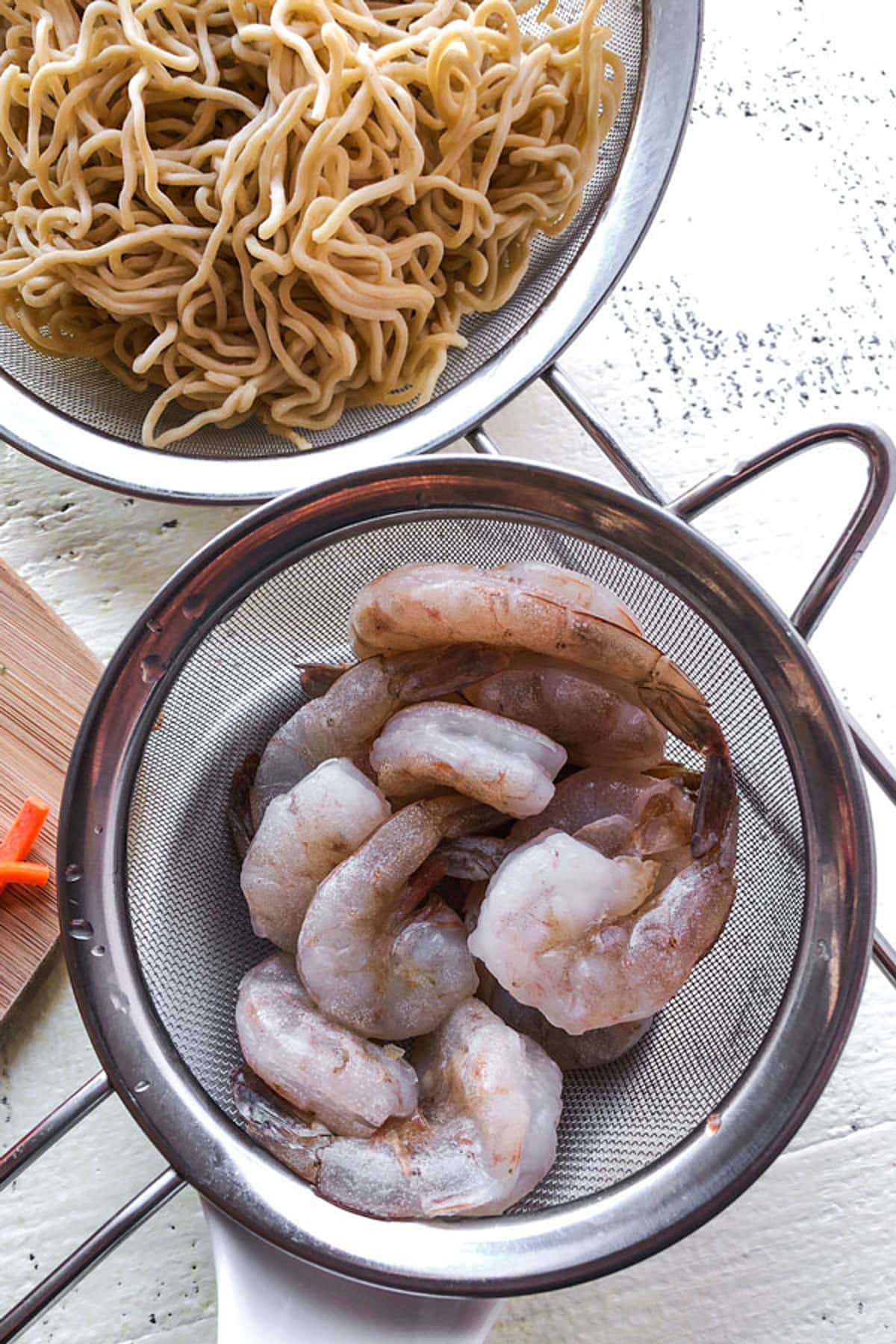
Ingredients
Scroll to the bottom of this page for the full recipe steps and measurements.
- Large Shrimp: Fresh or frozen works. If frozen, thaw properly before cooking. Peeled and deveined.
- Lo Mein Noodles: Most lo mein comes parboiled (partially cooked). Since cooking times vary from brand to brand, I always follow the package instructions for boil times.
- Cooking Oil: Use a neutral cooking oil. I gravitate to grapeseed, avocado or vegetable oil.
- Vegetables: I’m using red bell peppers, carrots, snow peas, napa cabbage and carrots.
- Ground White Pepper: While this is optional, I find that hot, woody and sharp ground white pepper makes the perfect finishing spice.
Sauce Ingredients
I mix 5 simple ingredients. Soy sauce, shaoxing wine, oyster sauce, garlic and sesame oil.
Why it works: Soy sauce brings the savory, earthy and umami notes. Then there’s a slightly sweet and marine flavor from the oyster sauce, a dry sweetness from the shaoxing wine – and the trademark smoky nuttiness from the sesame oil.
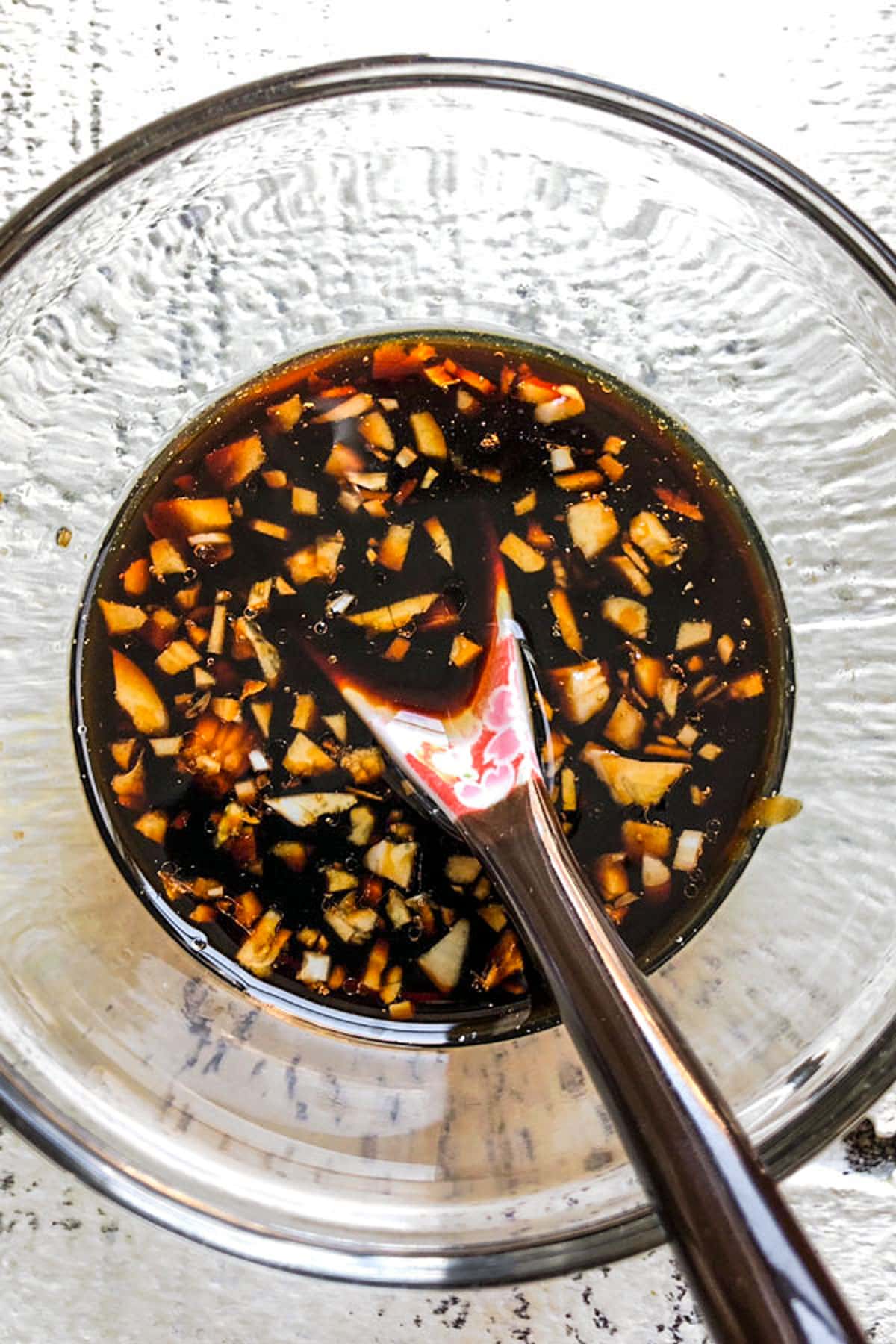
Variations
Lo mein is endlessly customizable. Here are a few options I fall back on when making lo mein so I can use what I have handy in the fridge.
Use a different protein. Meat like chicken, beef or roast pork. Seafood like squid or scallops. Fried tofu, TVP or even soy strips like I use in my vegan guydon. These are all plug-and-play contenders.
Add different veggies. Some options include broccoli, French beans, water chestnuts, bean sprouts, bamboo shoots, mushrooms and green onions.
Use other types of noodles. Fresh lo mein is best – but I’ve also experimented with fresh chow mein noodles, fresh egg noodles and fresh ramen.
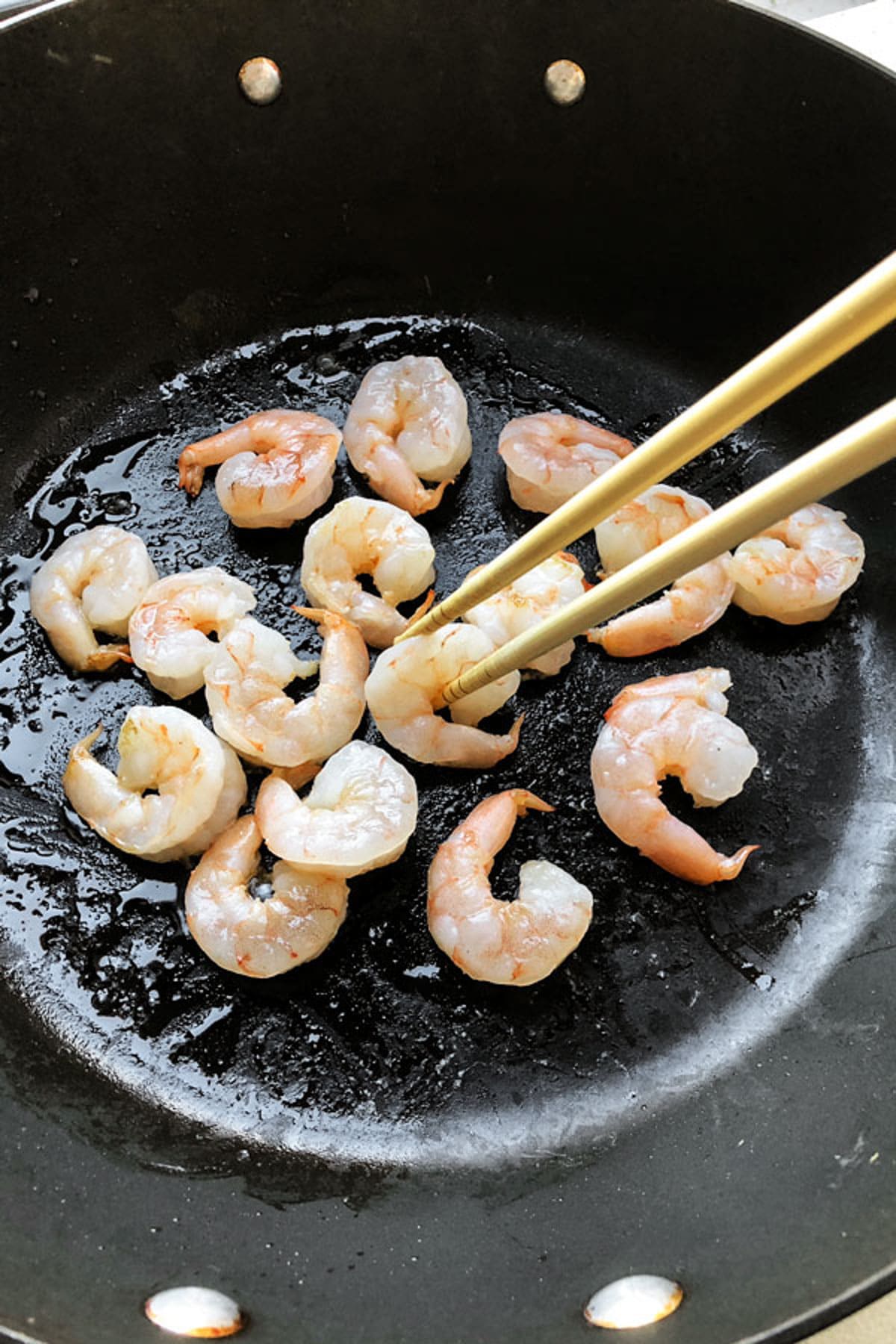
How To Make It
- Mix the sauce in a bowl and set it aside.
- Boil and drain the lo mein noodles. Follow the timing instructions on the package. Be careful not to overcook!
- Cook the shrimp and set aside. See the recipe card at the bottom of this page for timing suggestions.
- Stir fry the vegetables in a pan or wok over high heat until tender crisp.
- Add shrimp, noodles and sauce to the pan with the veggies. Toss well.
- Season and serve. Add white pepper (if using) and serve hot.
Make sure the pan or wok is hot! Stir frying veggies at fairly high heat means they will become pliant, while still retaining a decent crunch – without overcooking. When stir frying, a hot pan or wok helps nail the perfect doneness.
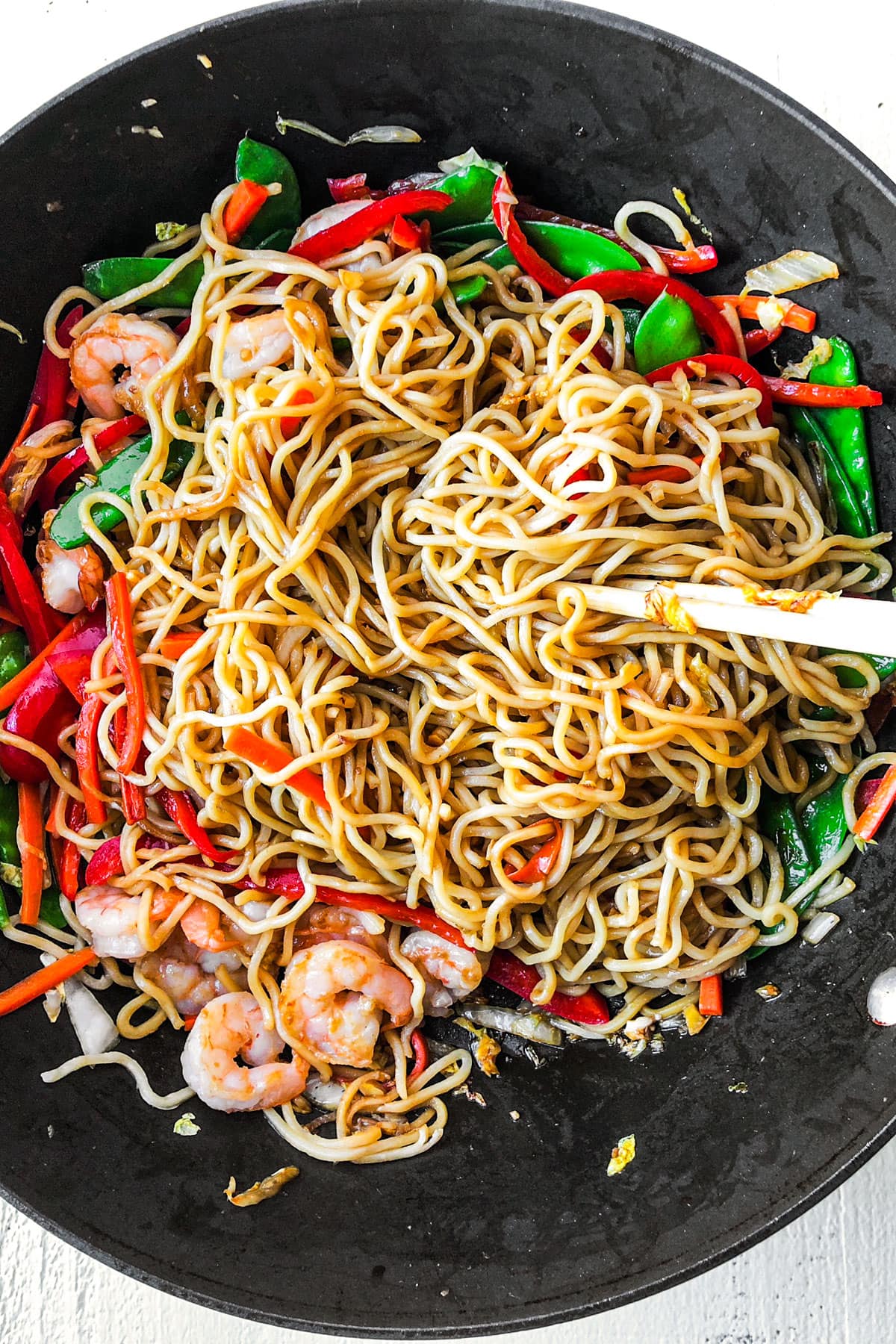
Expert Tips
Cook the ingredients in batches. Cooking in separate batches means everything has the texture it should. After the noodles are boiled and drained, I turn my attention to the shrimp. That gets cooked until almost done, then I set it aside. It would be rubbery and dry if I left it in the pan the entire time. Likewise, I stir fry the veggies on their own so I can keep them crisp yet tender. In fact, I only mix this stir fry together (including the sauce) at the very end.
Mix a big batch of the lo mein sauce and keep extras in the fridge. I love using premixed homemade stir fry sauces. Even though my lo mein sauce is only 5 ingredients, it saves me time when making dinner after a long day. And since the ingredients are fairly stable, I can keep a jar of sauce in the fridge for a couple weeks and use as needed.
Use dry sherry instead of the shaoxing wine if necessarry. While shaoxing wine is literally the reason restaurant Chinese food usually tastes better than homemade versions, an equal amount of dry sherry is a great alternative and may be easier to track down.
Storage and Reheating
Store leftover lo mein in the refrigerator (covered) for up to 3 days. It keeps well. I love eating it cold right out of the fridge.
Reheat in the microwave – or toss in a pan on the stovetop with a little oil. A dash of soy sauce and white pepper can bring leftover lo mein back to life if it dulled in the fridge.
I don’t recommend freezing leftover shrimp lo mein.
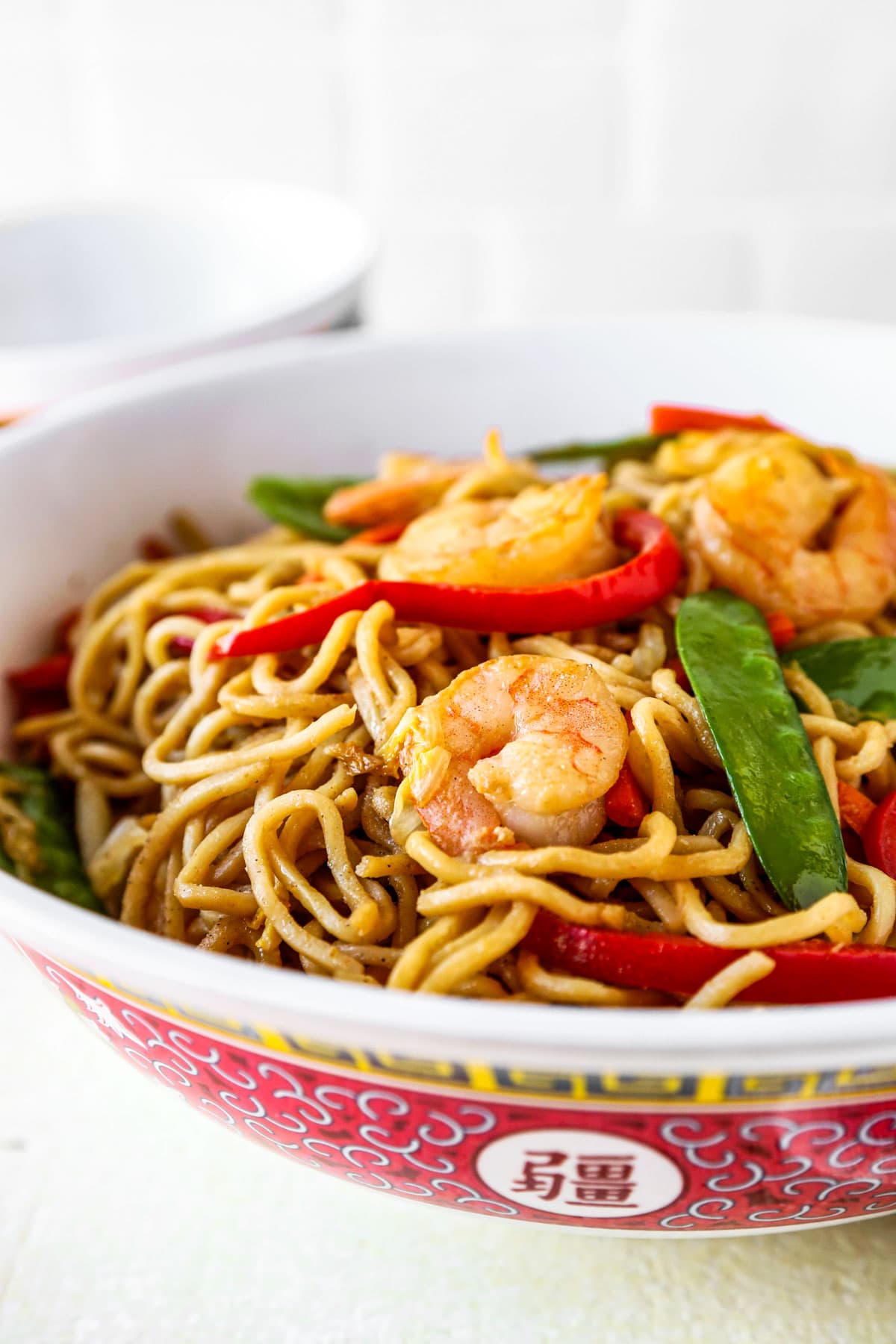
What I Serve With Shrimp Lo Mein
One of the things I love as a home cook is that Chinese noodles work as both a side dish and as a main dish equally well. This applies to chow mein, dan dan noodles and crispy pan fried noodles as much as it does to lo mein. They’re versatile! When I’ve got people coming over, here are some of my favorite Chinese dishes to make it a full on feast.
- Chinese Eggplant With Garlic Sauce
- Wood Ear Mushroom Salad
- Classic Moo Goo Gai Pan
- Garlic Shrimp With Chili Crisp
- Egg Fried Rice
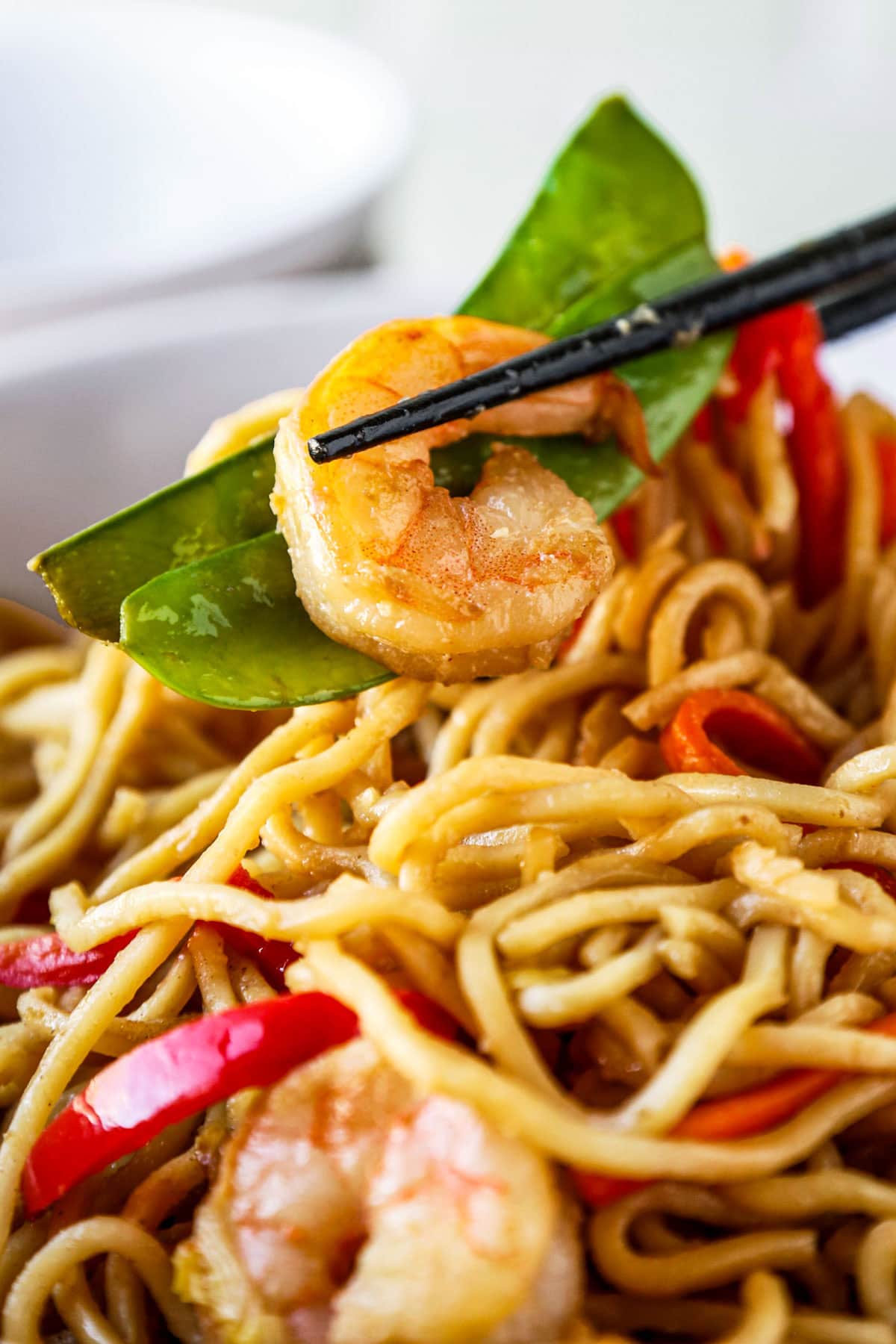
Frequently Asked Questions
Lo mein – 捞面 – is stir fried Chinese eggs noodles with a combination of veggies and meat or seafood. Although this dish is of Cantonese origin, it is also a super popular Chinese-American menu staple.
Lo mein noodles are typically boiled until soft (similar to spaghetti). Chow mein noodles are usually fried until crispy. That said, they are both wheat-flour based egg noodles commonly used in Chinese stir fries. And, aside from mild differences in shape, the composition is practically identical.
If they’re rubbery, the shrimp are probably overcooked. The shrimp should be cooked separately. If they’re kept in the pan the entire time, they’ll overcook by the time the veggies are ready. I re-add my cooked shrimp to the pan at the very end – when I’m mixing the noodles, veggies and sauce.
Yes! For sure. While white pepper is a more traditional choice, black pepper is delicious on lo mein too.
Any large frying pan will work just fine for this. Woks have some big-time advantages for restaurant chefs working in industrial kitchens with fighter-jet-engines for gas burners. For the rest of us, a frying pan will do. I use a flat bottom wok at home (which is basically a frying pan anyway).
Did you like this recipe? Are there changes you made that you would like to share? Share your tips and recommendations in the comments section below!
Print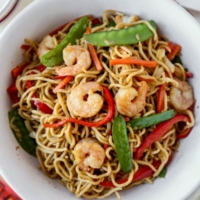
Shrimp Lo Mein – 虾捞面
- Prep Time: 10 mins
- Cook Time: 7 mins
- Total Time: 17 minutes
- Yield: 4 servings
- Category: Noodles
- Method: Stir Fried
- Cuisine: Chinese
Description
Smoky, umami wok fried Shrimp Lo Mein. Make it at home in just 17 minutes. Packed with springy shrimp and crisp veggies. Just like my favorite Chinese takeout.
Ingredients
For the lo mein stir fry:
- 8 oz. large shrimp (1/2 pound), peeled and deveined
- 1 pound fresh pre-cooked lo mein noodles, fresh chow mein noodles, fresh egg noodles, or fresh ramen noodles
- 3 tablespoons neutral oil (like vegetable or canola), divided
- 3 cups mixed vegetables – like red bell peppers, carrots, cabbage, napa cabbage, or bok choy – julienne cut or finely chopped
- 1 cup snow peas, trimmed
- White ground pepper (optional)
For the lo mein sauce:
- 3 tablespoons soy sauce
- 1 tablespoon oyster sauce
- 1 tablespoon shaoxing wine or dry sherry
- 1 garlic clove, minced
- 1 teaspoon sesame oil
Instructions
- Mix the sauce. Put the soy sauce, oyster sauce, shaoxing wine, minced garlic and sesame oil in a bowl and mix well. Set aside.
- Boil and drain the noodles. Boil the noodles according package instructions, drain and toss with 1 tablespoon vegetable oil. This will prevent the noodles from sticking together. Set aside.
- Cook the shrimp. In a large deep pan or wok over medium heat, add 1 tablespoon vegetable oil and shrimp. Cook for 3-4 minutes and transfer them to a plate. Set aside.
- Stir fry the vegetables. Raise the temperature to medium-high (or high if your stove top doesn’t get really hot) and add the remaining 1 tablespoon vegetable oil. When the oil is hot, add the julienned vegetables and snow peas and stir fry for 4 minutes.
- Add shrimp, noodles and sauce. Add the cooked shrimp, noodles and the sauce and toss well for 1 minute.
- Season and serve. Turn heat off, transfer lo mein to a plate and serve with white ground pepper.
Notes
Shrimp lo mein tastes best hot and fresh out of the wok – but leftovers keep well in the fridge for up to 3 days.
Nutrition
- Serving Size: 1 serving
- Calories: 353
- Sugar: 4.3g
- Sodium: 906mg
- Fat: 12.2g
- Saturated Fat: 1.7g
- Unsaturated Fat: 4.9g
- Trans Fat: 0g
- Carbohydrates: 43.8g
- Fiber: 2.3g
- Protein: 14.5g
- Cholesterol: 91.2mg
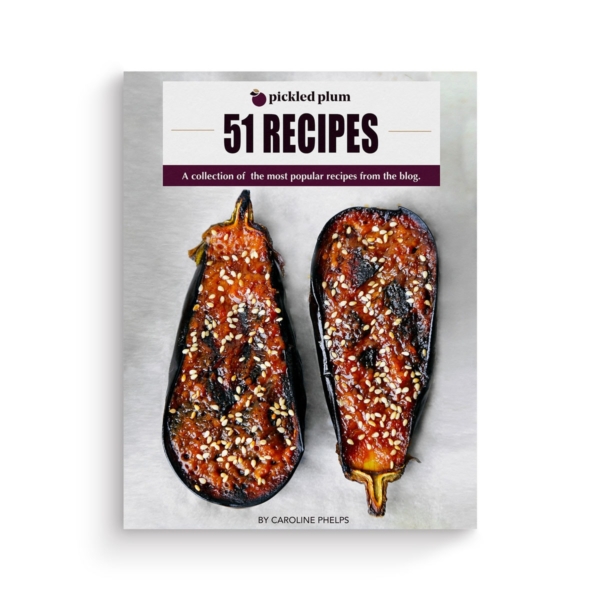
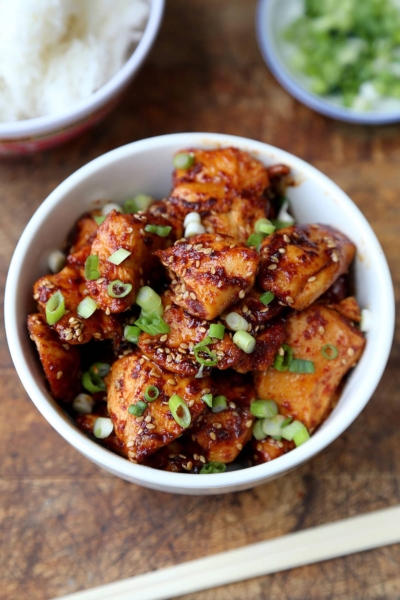
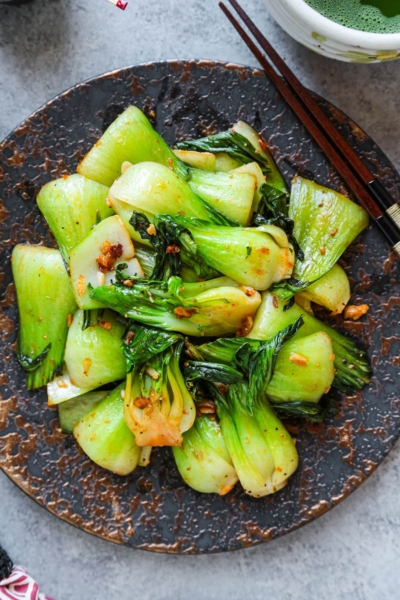
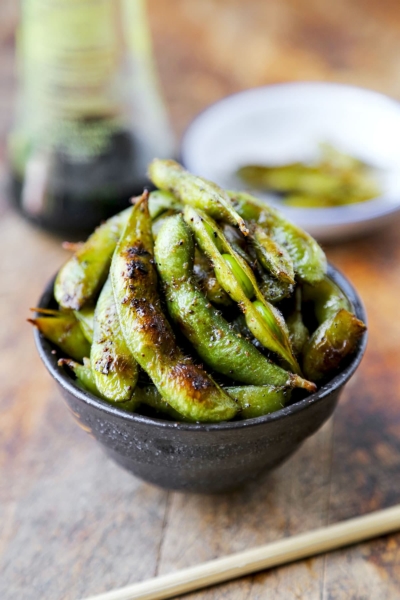
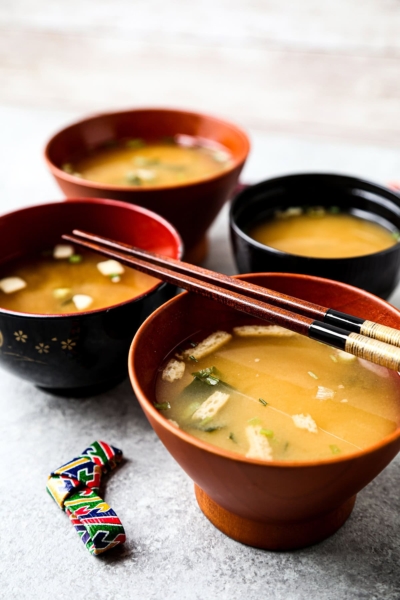
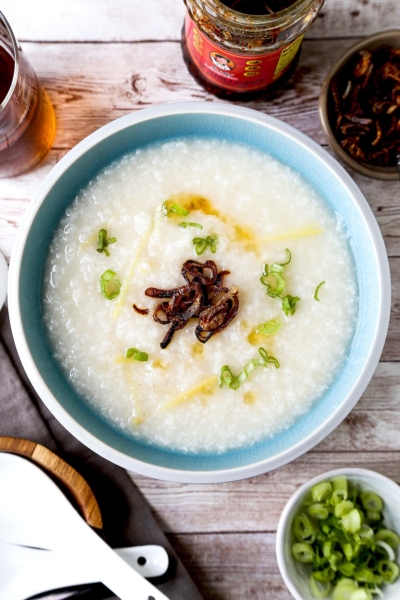









I made this tonight using left over whole wheat spagheti and coleslaw mix. Turned out great. Thanks!
Made this last night for a friend of mine and both of us loved it. I have made numerous recipes of yours and all of them are great. I have one question, I do not eat peas or chickpeas, what would you recommend as a substitute for them in your recipes.
Thank you so much Stephen! I would try using lentils as a substitute. I personally love lentils for their nutty taste, or mushrooms since they are meaty and earthy. 🙂